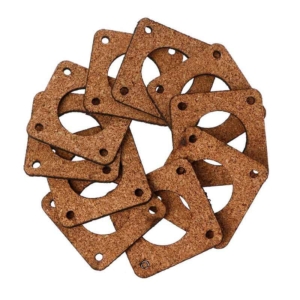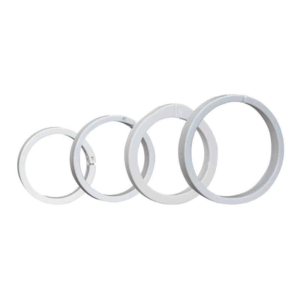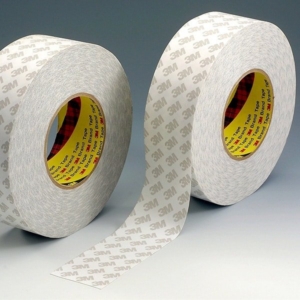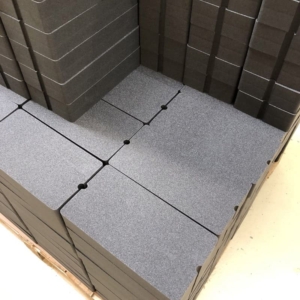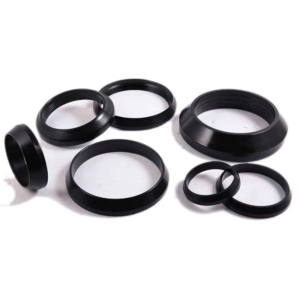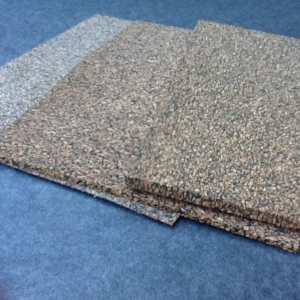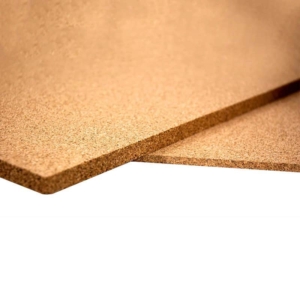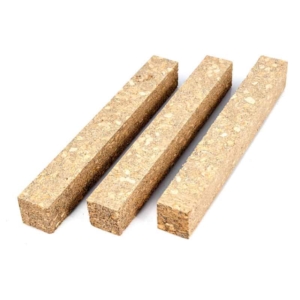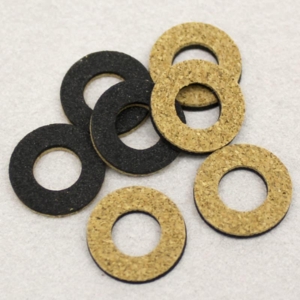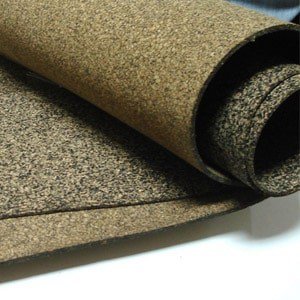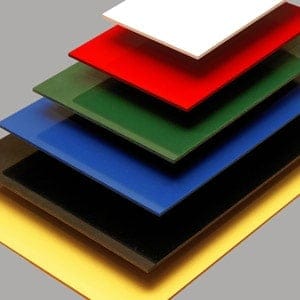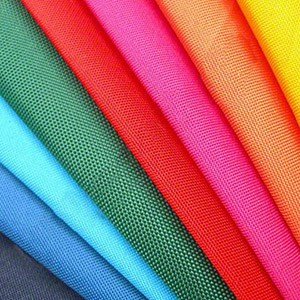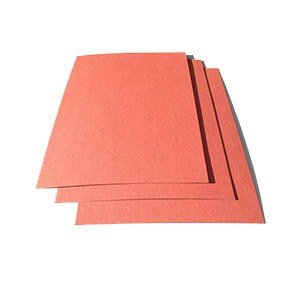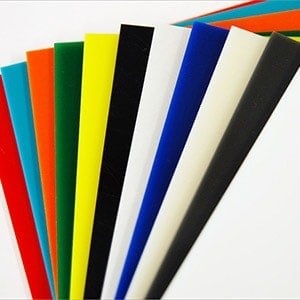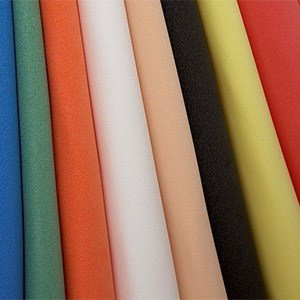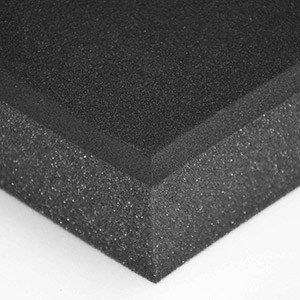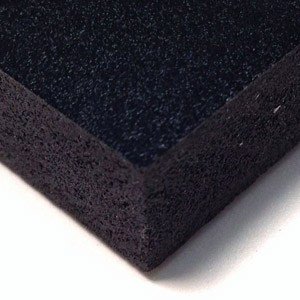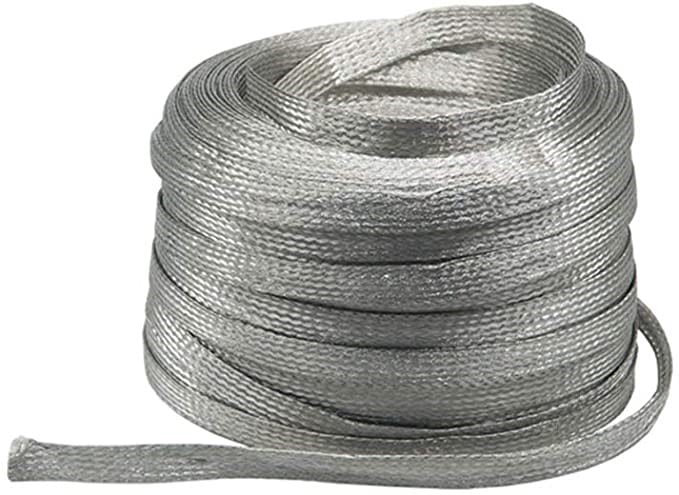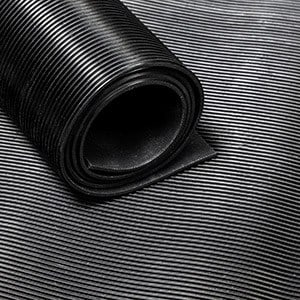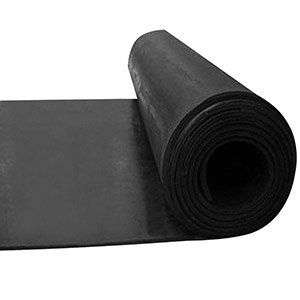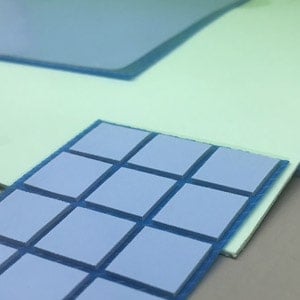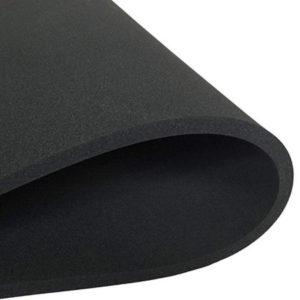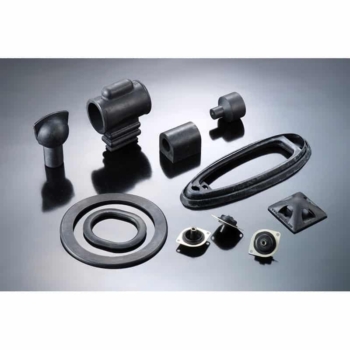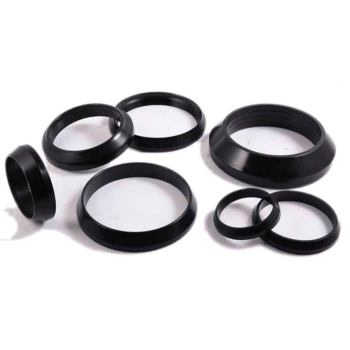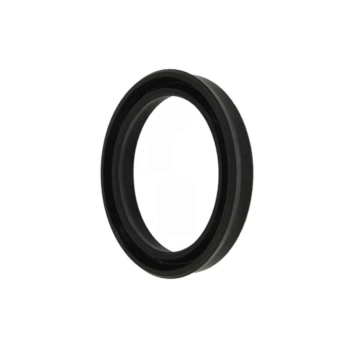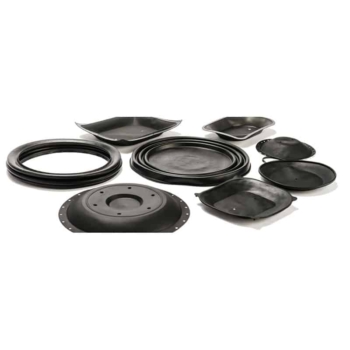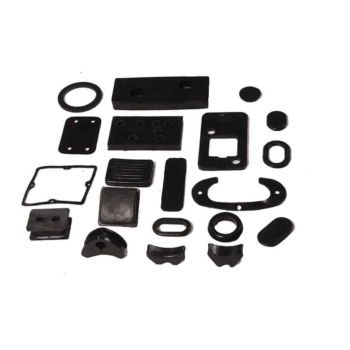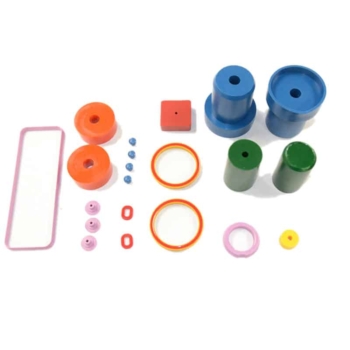Solid Rubber
Solid Rubber Mouldings
Advanced Seals & Gaskets provide moulded components produced using various types of solid rubber. Solid rubber mouldings are generally bespoke shapes often with complex profiles, a ribbed/textured finish or may require a lip or curved edge – for these reasons mouldings can not simply be pressed from sheet material and require specialist machinery. All our plastic mouldings are made to order and are produced using a combination of a sample or drawings provided by our customers, from which a tool or moulded cavity can be made. Rubber mouldings can be taken in an endless number of forms for example feet, buttons, housings and cases, screws, combs, tubes and o-rings to name a few, all designed to provide protection, prevent the leakage or ingress of air, fluid or gas and to be aesthetically pleasing.
What are Solid Rubber Mouldings?
The 3 main moulding techniques used are Injection, Compression and Transfer, each one uses a raw molten rubber compound and a mould (die) in which the moulded profile is formed and cured.
Injection Moulding
Injection moulding is the process by which raw/uncured rubber material is loaded into a hopper or holding unit where it is heated to a molten state and then fed through a nozzle in pre-measured quantities into the mould/cavity. Pressure and heat levels are adjusted within the cavity-causing the material to ‘cure’ and the moulded product is formed.
Compression Moulding
Compression moulding is made up of a top and bottom pre-heated steel mould/cavity into which raw material is poured in and the two halves are closed together. This tool is heated in order to melt the neoprene compound creating the desired shape and the final product. Although this process is great for bespoke moulding, it can be very time consuming for high volume production.
Transfer Moulding
The transfer moulding process is the more complex of the three. The raw/uncured material or charge is loaded into the transfer pot, this pot is then heated as a plunger slowly enters the pot building pressure, forcing the melted rubber through the sprue or channel. The sprue leads to the mould cavity, this cavity is then filled with the melted rubber material forming the desired shape of the component. Once the raw material has cured, the moulding can be opened and the formed part removed.
Why use Solid Rubber Mouldings?
Mouldings are ideal for customers who are looking for a non-standard profile to fit specific applications, the process of producing a moulded part means the customer is guaranteed to have an identical product each time, which is essential for high volume production and assembly. Solid rubber mouldings are available in a range of material grades and hardnesses, each with its own desirable properties and can include abrasion, chemical, heat and ozone resistance, and are an important component found in many industries such as electrical, engineering, automotive, aerospace, building & construction and food and beverage production.
Types Available:
A number of solid rubber materials can be used for mouldings, each with its own set of properties and suitability for certain applications and environments, some of these include:
EPDM Rubber Mouldings(Ethylene Propylene Diene Monomer) is great for use in outdoor applications, this material is resistant to water, UV, ozone, weather, abrasion, alkalines, ketones and diluted acids.
Natural Rubber Mouldings excellent shock absorber and anti-vibration device, incredible elasticity, commonly used in the rail and defence industries and is nuclear approved. commonly used in the food processing and manufacturing industries to produce shock absorbers for production lines where anti-vibration is paramount.
Neoprene Rubber Mouldings – Neoprene (CR) is most suitable for use where there is exposure to grease, oil, acids, ozone and even seawater.
Nitrile Rubber Mouldings Nitrile (NBR) rubber is a popular solid rubber material for use within the automotive industry where there is contact with petroleum, oil and grease.
Polyurethane Rubber Mouldings (PU) rubber mouldings offer excellent abrasion, chemical, oil and water resistance, which can also be manufactured in flame retardant and high-temperature grades. Polyurethane rubber mouldings come in the forms such as seals, castors and blocks or bumpers.
Silicone Rubber Mouldings Silicone (SI) is an excellent electrical insulation material that can operate at high and low temperatures. Silicone rubber performs well when exposed to UV, weathering, ozone and moisture, and is available in a range of colours.
Benefits of Solid Rubber Mouldings
Advanced seals & Gaskets work with a network of material manufacturers, meaning we have the ability to produce a multitude of mouldings suitable for use in virtually any industry. As solid rubber mouldings are made to order, we can help with design, material choice, produce samples for testing and ensure we supply the perfect moulded profile for your application. The characteristics and resistances sought after when choosing the right grade of rubber material for mouldings will depend on the industry, environment and application in which the moulding will be used. Some of the desirable features include flame retardancy, wide working temperature range, resistance to abrasion, impact, chemicals, acids, pressure, liquids, air and gas.
